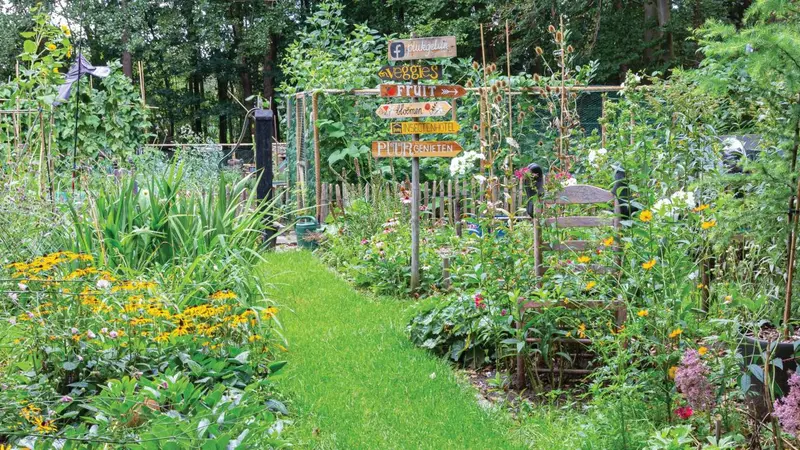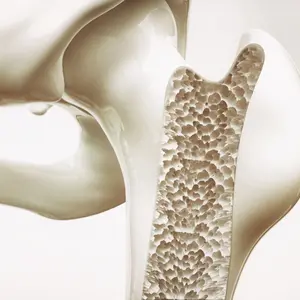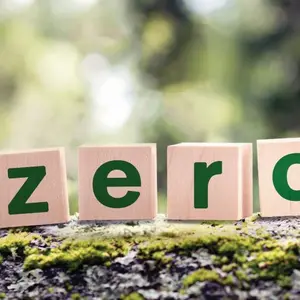
Green Living
Green Living
Benefits of Gardening With Native Plants
Gardening with native plants is rising in popularity as homeowners look for ways to introduce eco-friendly, low-maintenance features around the house. Whether transforming an entire backyard or incorporating a few purple coneflowers and milkweeds, native landscaping is a simple, yet powerful, way to support a healthier environment. Best results will come by using healthy soil, selecting the right plant for the right place and following recommended care instructions. Here are some of the top reasons to choose native plants.
To support wildlife and pollinating insects: Native plants are the foundation of local ecosystems, providing essential food and shelter for insects, which in turn feed birds and other wildlife. Having cohabited with indigenous flora over time, insect populations often rely on one specific host plant. For example, monarch butterfly caterpillars have adapted to eating only the leaves of milkweed varietals. Homeowners can create a thriving habitat for all fauna by building a diverse garden that includes indigenous flowering plants from spring through fall.
To conserve water and help prevent erosion: Having adapted over time to local rainfall patterns and soil conditions, native plants are far more drought tolerant than conventional lawns or imported ornamental plants, making them allies in the quest to conserve water and lower utility costs.
Native, deep-rooted grasses can help stabilize soil, improve water absorption and reduce runoff, which in turn helps to prevent flooding and protects local waterways from pollutants that wash off of chemically treated lawns and grimy paved surfaces.
To reduce overall backyard maintenance: Once established, native plants typically thrive with minimal intervention, reducing the need for watering, mowing and chemical treatments. Studies suggest that replacing even part of a lawn with native plants can improve soil quality and lead to substantial long-term cost savings in irrigation and maintenance.
To enhance natural beauty and resilience: From vibrant, complex flowers to billowing grasses, native plants create diverse and visually appealing gardens that change throughout the year. Because they have evolved with local climate conditions, these endemic species are often more resilient to weather extremes than non-native varietals. They can withstand droughts, high humidity, cold snaps and other stressors, making them a practical and long-lasting landscaping choice.
To maintain natural biodiversity: By adding native ecosystems, homeowners can help enhance and maintain local wildlife populations. Doug Tallamy, founder of the Homegrown National Park movement, encourages individuals to reclaim spaces traditionally dominated by grass and exotic plants, turning them into thriving ecological corridors.
To learn more, visit HomegrownNationalPark.org and Audubon.org.


 By
By



